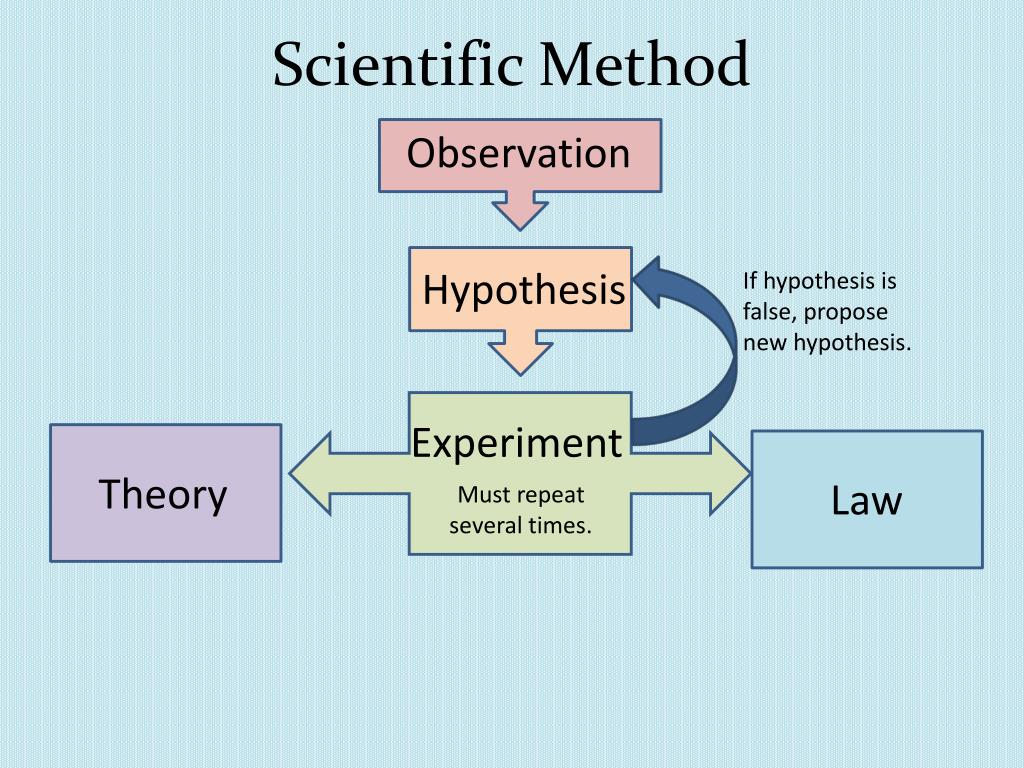


You can use a variety of data collection methods for naturalistic observations. While you may actively participate in some types of observations, you refrain from influencing others or interfering with the activities you are observing too much. Importantly, all of these take place in naturalistic settings rather than experimental laboratory settings. It’s clear to your participants that you’re observing them. You participate in the organization while studying their organizational practices with everyone’s knowledge.Įxample: You join a classroom and study student behaviors without taking part in the activities yourself. Participants are aware you’re observing them.Įxample: You join a startup as an intern and perform research there for your thesis. You also participate in the activity you’re researching yourself. You inform or make it clear to participants that you are observing them. Participants are unaware they’re being observed because the cameras are placed discreetly. You don’t reveal that you’re a researcher, and you take notes on behavioral data in secret.Įxample: You take video recordings of classroom activities to study as an observer. You observe participants from a distance without being involved.Įxample: You study organizational practices in small startups by joining one as an employee. You don’t inform or show participants you’re observing them. You also immerse yourself in the activity you’re researching yourself. Subjects are unaware that you’re observing them, because telling them may affect their behaviors. There are four main ways of using naturalistic observations. Participant or non-participant: You participate in the activity or behavior yourself, or you observe from the sidelines.Covert or overt: You either hide or reveal your identity as an observer to the participants you observe.Types of naturalistic observation methods You triangulate reports of drug use among athletes with in-person observations. You study how grocery shoppers navigate a store and shop differently after a layout change. You track language development in a child’s natural environment, their own home, with an audio recording device. Examples: Naturalistic observation in different fields Field Naturalistic observation is especially valuable for studying behaviors and actions that may not be replicable in controlled lab settings. He later devised experiments to test the hypothesis and found clear support for his theory. He came up with the idea by observing ducklings and goslings as they hatched and then taking detailed notes on their behaviors.īased on his naturalistic observations, he believed that these birds imprinted on the first potential parent in their surroundings, and they quickly learned to follow them and their actions. Example: Naturalistic observation in zoologyIn the 1930s, zoologist Konrad Lorenz famously coined the term “imprinting,” which describes a critical period of learning for animals. Naturalistic observations are helpful as a hypothesis-generating approach, because you gather rich information that can inspire further research. Traditionally, naturalistic observation studies have been used by animal researchers, psychologists, ethnographers, and anthropologists. It’s a research method used in field studies. In naturalistic observations, you study your research subjects in their own environments to explore their behaviors without any outside influence or control. Frequently asked questions about naturalistic observation.Disadvantages of naturalistic observation.Types of naturalistic observation methods.


 0 kommentar(er)
0 kommentar(er)
